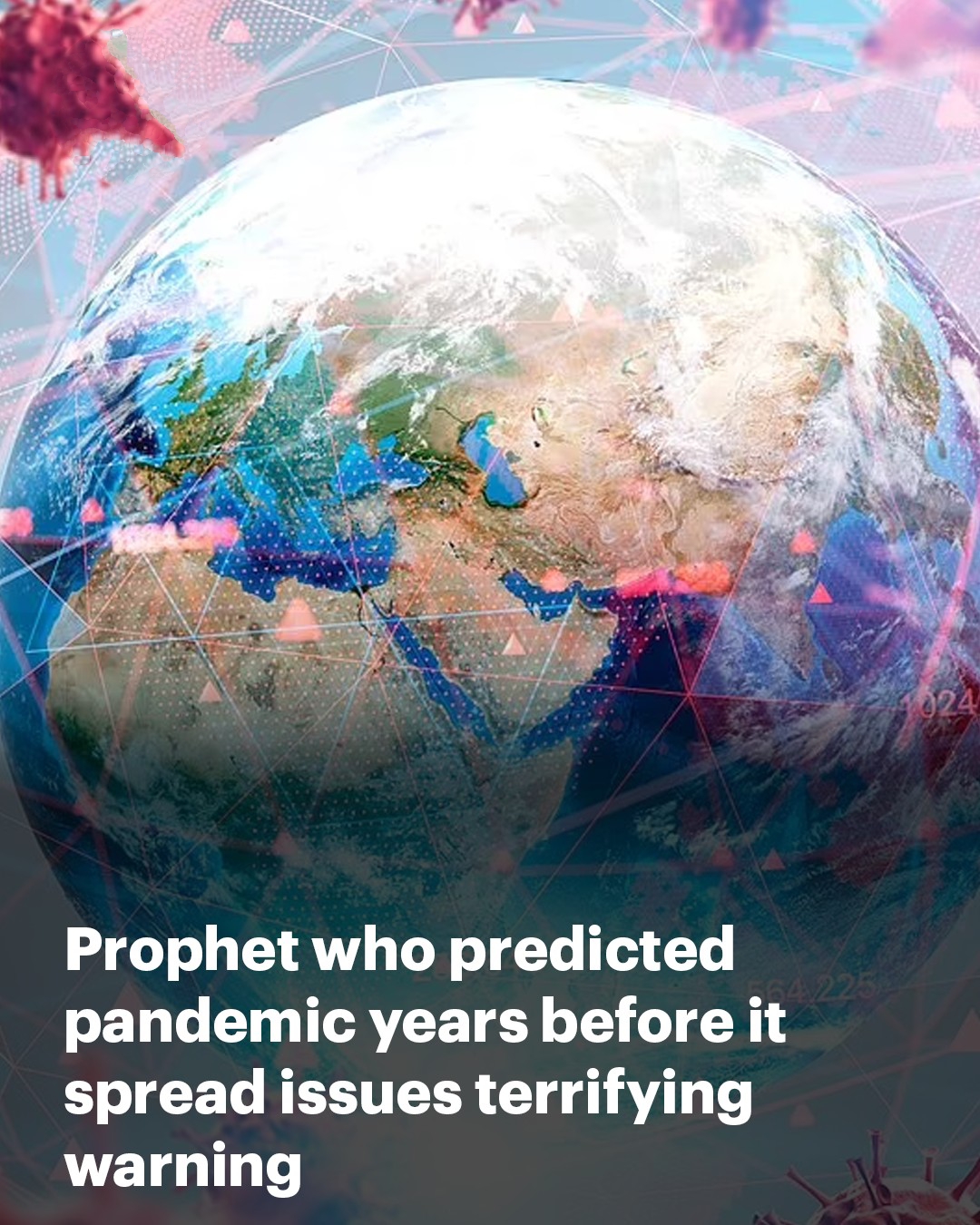
Science writer David Quammen has long been credited with predicting the Covid-19 outbreak seven years before the pandemic swept the globe.
After interviewing renowned virology and epidemiology experts, he published his book Spillover: Animal Infections and the Next Human Pandemic in 2012.
In it he warned the world’s next pandemic would likely come from a coronavirus spilled over from a wild animal in a wet market – possibly in China. He was spot on.
Speaking exclusively, Quammen said he is becoming increasingly nervous about the ‘next big one,’ which may already be spreading further and faster than experts know.
Bird flu, he claims, poses the biggest risk of becoming the next pandemic – and other public health experts have warned the US is staring down the barrel of another pandemic as the virus flu spirals out of control on farms.
The H5N1 outbreak has affected more than 1,000 dairy cow herds, 168 million poultry and resulted in more than 70 human cases, including the first confirmed death.
Mr Quammen told this website: ‘I have high concerns about bird flu. If you’re going to make a prediction about what would be the next big one now, a scientist would probably say, well, bird flu has the best chance of being our next pandemic virus.
‘But there’s always a lot of randomness built into this because these viruses have high mutation rates and mutation is basically a random process.’
In New York, employees clean cages and take chickens to be slaughtered after an outbreak of bird flu in February
However, he added if these random mutations cause H5N1 bird flu to not only infect humans but also easily transmit from person to person, then the variation would be ‘an extremely dangerous’ virus.
Mr Quammen continued: ‘Just the way the Covid virus went from being a rare virus to being a virus in humans and in wildlife all over the planet, that could happen starting tomorrow with bird flu.’
The H5N1 strain of bird flu was first detected in the US in 2022 and has also been confirmed among cats, raccoons, skunks, wild dogs, bears and dolphins.
Human cases can be traced back to contact with infected animals and there is currently no evidence of person-to-person transmission.
The CDC has insisted the risk of bird flu to people remains low but experts caution that mutations and reassortments — when two viruses simultaneously infect a host and exchange genetic material — could raise the risk of it occurring.
Mr Quammen told the Daily Mail he was concerned about several viruses, including H5N1, malaria and Ebola
The Global Virus Network (GVN) is now urging world governments to confront the threat of H5N1 avian influenza by strengthening surveillance efforts and enforcing stricter biosecurity protocols.
The organization also warns that countries must prepare for the possibility of human-to-human spread to avoid a chaotic chain of events reminiscent of the early days of the COVID-19 pandemic.
However, given the variability and unpredictable nature of viruses, Mr Quammen said there is a possibility a global pandemic may never happen.
But he stressed betting on this outcome is like gambling on a roulette wheel.


